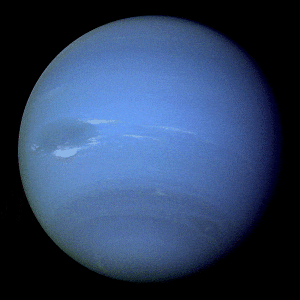Dr Karen Aplin – planetary atmospheric electricity
Karen was awarded the Royal Astronomical Society’s 2021 James Dungey Lectureship for her work in “planetary atmospheric electricity”. She explains what the topic is and why is it important.

We have all seen impressive lightning displays in thunderstorms, even in the UK where they are relatively infrequent. Lightning is the most spectacular aspect of atmospheric electricity, and is a significant natural hazard for people, aviation and space launches. Lightning also plays an important role in the nitrogen cycle which is important for agriculture and food production. Atmospheric electricity isn’t all about lightning – there is always electricity in the air, resulting partly from distant thunderstorms, and partly from the breakup (“ionisation”) of air molecules into electrically charged ions by high-energy particles. Interactions between distant thunderstorms and ionisation generate a globally-present atmospheric electric field of around 100 Volts per metre at the surface, in which a small current continually flows.

Atmospheric electricity in this broad sense is affected by, and in some cases affects, space weather, clouds and pollution. One of the engineering problems is that, away from thunderstorms, these electric fields and currents are quite subtle and difficult to measure. We need to make sensitive instruments to detect these tiny changes, which need clever engineering to work properly outdoors, in the rain, on weather balloons and so on. My own route into atmospheric electricity came through wanting to apply the physics I did in my first degree to measuring the natural world. I moved to a Meteorology department for a PhD where I was one of very few people doing instrument development, rather than sitting in front of a computer running a model.

After my PhD I started work as a research physicist in the Space Engineering group at the Rutherford Appleton Lab, which allowed me to develop my long-standing interests in space science and technology. Though most of my time was spent on electric propulsion, I’d been fascinated by the weather on the planets ever since Voyager 2 produced new pictures every few years during my childhood. Extra-terrestrial lightning was first detected on Jupiter by Voyager 1 in 1979, only a year after the first photo of Earth lightning was taken from space! Since then, lightning has been spotted on Saturn, Uranus and Neptune. Lightning on Venus and Mars is still contentious. In summary, lightning is expected on Mars but it hasn’t been detected, and the few observations of Venus lightning are not (yet) conclusive enough to be universally accepted.
Atmospheric electricity is a fundamental planetary parameter measured by spacecraft. For example, the 2005 Huygens probe to the surface of Saturn’s largest moon, Titan, contained a lightning detector, a microphone for thunder, plus instruments to detect non-thunderstorm electricity. I was surprised to learn that the scientists and engineers making these instruments for other planets, and those working on very similar topics on Earth, did not appear to talk to each other at all. Since the underlying principles are identical, I tried to link these areas up, through emphasising the physics and engineering that they had in common.
I’m still working on this combined approach to understanding planetary atmospheres; I am on the mission team for the Japanese Akatsuki lightning camera which is currently at Venus, I am doing lab experiments related to detecting lightning on Mars and I’m developing sensitive instrumentation to measure ionising radiation and space weather in Earth’s atmosphere. I’m excited to have had my work recognised by the Royal Astronomical Society and am looking forward to a whole range of new findings.
More information
Karen Aplin is Professor of Space Science and Technology at the School of Civil, Aerospace and Design Engineering.


